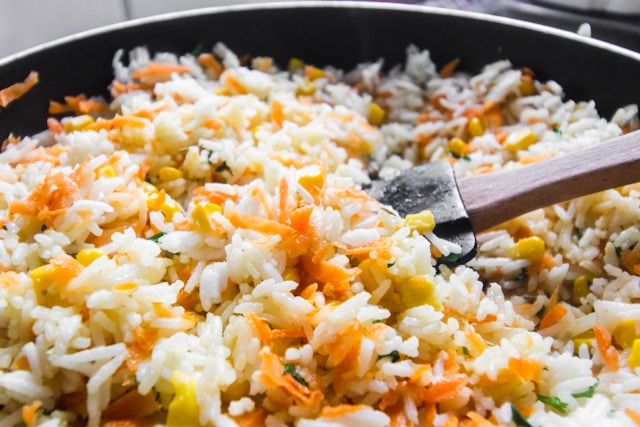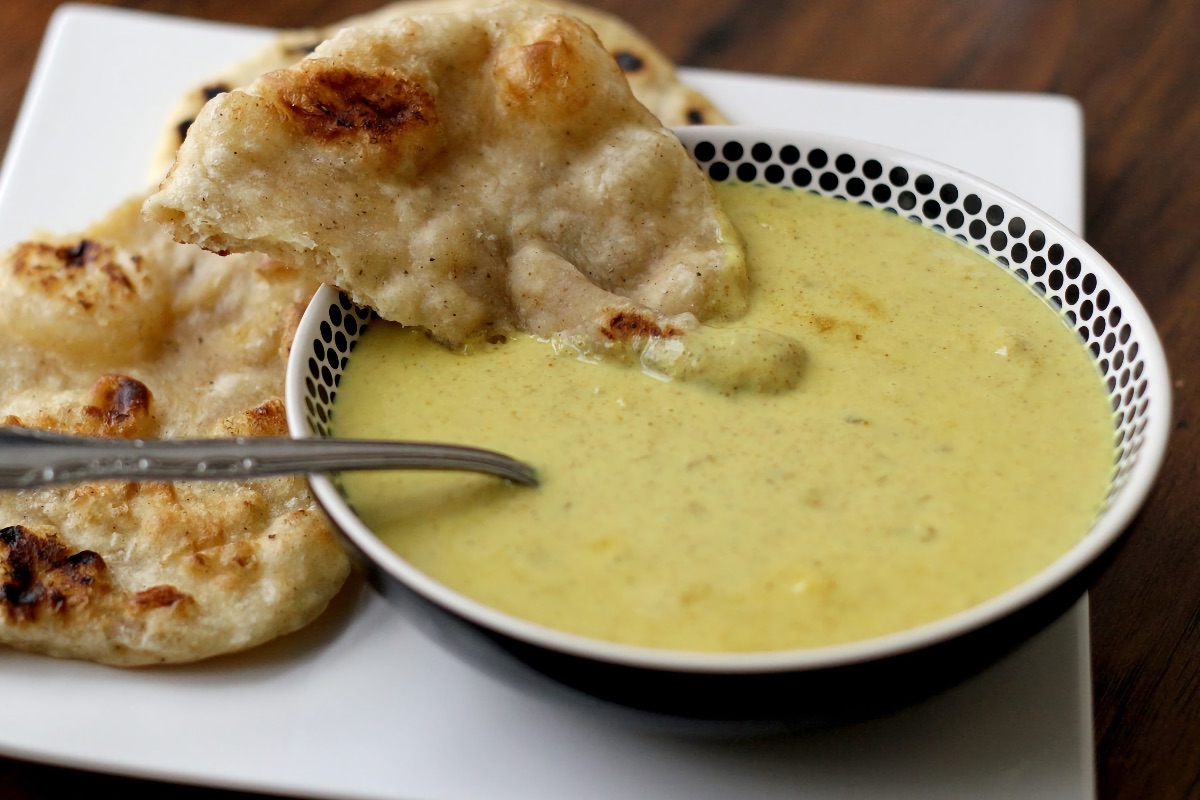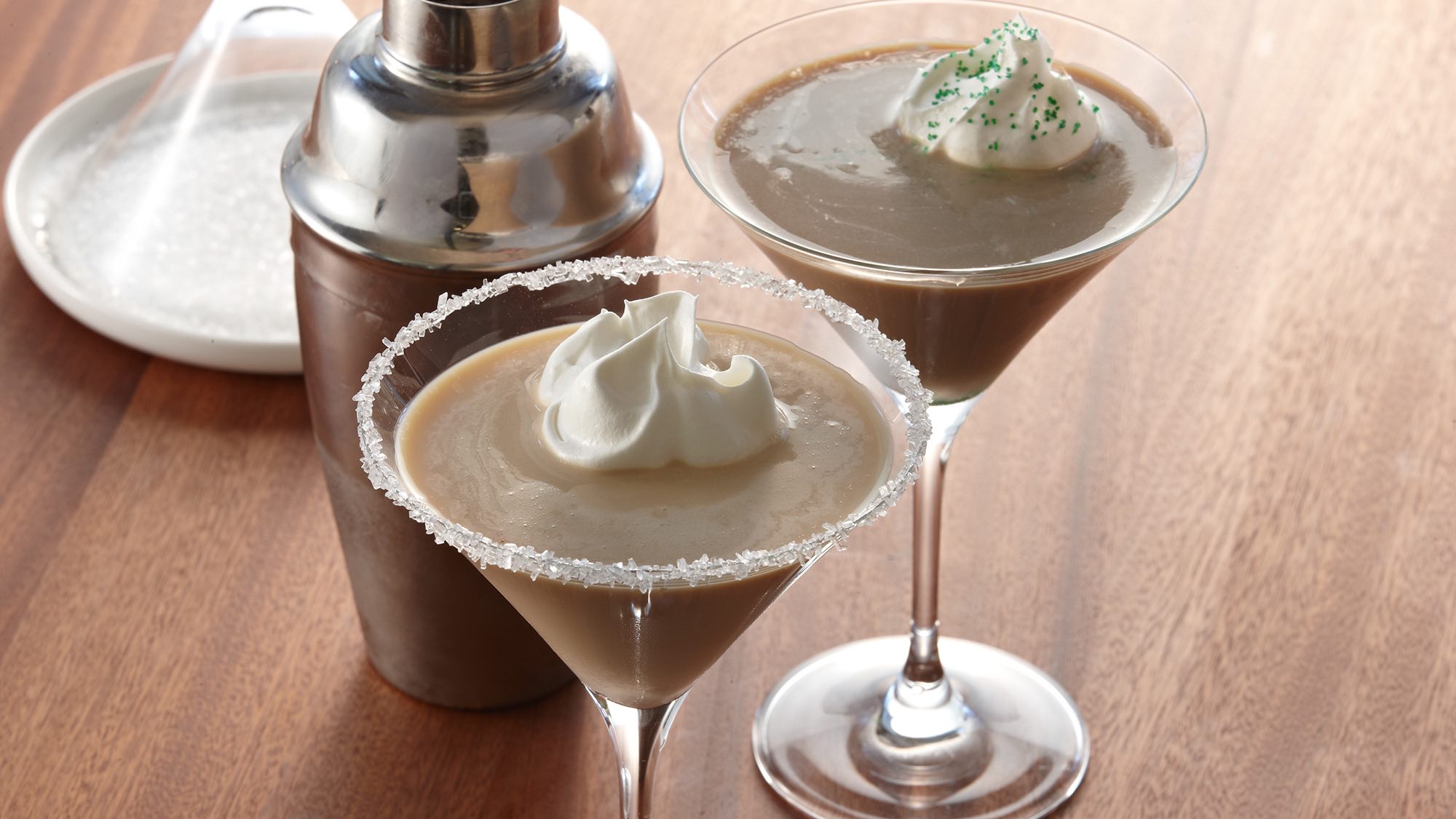Need to clear out your fridge? Get ready to make fried rice.
I can’t think of a better kitchen-sink meal than fried rice. It breathes new life into rice, especially if it’s leftover, and serves as the perfect vehicle to clean out your refrigerator’s vegetable odds and ends. Plus, you can tap into all kinds of flavor combinations: kimchi and kale, prawn and chorizo, even pineapple. Making the takeout-style fried rice of your dreams is easy. And to make it even easier, we asked two pro chefs to drop their knowledge on all things fried rice.
Choose your rice
If you are making rice just to use for fried rice, start with the right type of rice depending on the style of fried rice you’re making. For example, Chinese-style fried rice typically uses medium-grain white rice such as Japonica, while Japanese-style fried rice uses short-grain rice varieties like sushi rice. Long-grain rice varieties like Jasmine are also used, like for Thai-style fried rice. India also has a fried rice tradition using basmati rice.
Chef Rachel Yang of Joule and Revel in Seattle prefers lightly chilled medium-grain rice for her fried rice for its lower starch content. “Medium-grain doesn't release too much starch while being stir-fried” says Yang. The less starch, the less likely the rice is to clump. Celebrity chef and cookbook author Jet Tila encourages readers to focus less on the variety of rice and more on the temperature. “Cold rice for fried rice 101,” he says.
So, why use cold rice? After rice is first cooked, then cooled, the starch present in the individual rice grains forms structures that make them more firm — a process known as retrogradation. A more firm grain helps prevent the rice from sticking, clumping, and ultimately turning into a mushy, soggy mess. If you’ve ever had soggy fried rice before, it will haunt you to this day. Any leftover rice works in fried rice because of its drier texture from sitting in the refrigerator.
Select your vessel
What makes fried rice great on a busy weeknight is that it comes together fast. And so, setting yourself up for success starts with having your ingredients prepped and ready to go next to you on the stove. Next, choose your vessel and there is no vessel better for fried rice than a wok because it retains high heat and its high-sided shape helps everything cook evenly. If you don’t have a wok, a large high-sided skillet works just fine. Whichever vessel you use, the key is that it needs to be hot. You won’t get those delicious crisp rice grains in a cold pan. Instead, your rice could absorb the oil rather than be lightly toasted in it and you’re left with sad, soggy grains.
Choose an oil
You want to use a high-smoke point oil such as canola or peanut oil: the key to fried rice is quickly cooking it over high heat. But a high-smoke point oil doesn’t have to be the only oil used in your fried rice, especially when it comes to additional flavor. “I like to start with canola oil for a clean flavor, but then finish at the end of a drop of sesame oil for the savory nuttiness,” says Yang.
Cook the eggs
Eggs are perhaps the most popular mix-in for fried rice, but it’s an open question as to when to add them. Like selecting a rice type, it ultimately depends on your end goal. Kylie Kwong starts by scrambling her eggs in the wok then removes them from the pan to build the rest of her bacon ginger fried rice. Scrambling her eggs first helps give her larger, fluffier curds that are eventually added back into the rice. Rachel Yang likes to make a wet scramble and add her eggs at the end for a more moist egg curds throughout. If you’re newer to making fried rice, we generally recommend cooking them first and removing them from the pan to ensure a perfect cook.
Image by Louis Hansel
Add proteins
Next, add any proteins like chicken, shrimp, or pork to the wok. This is also the time to add any aromatics to flavor your dish, like ginger or scallions. Once everything is cooked, remove it from the wok or skillet. Pro-tip: This isn't the time to add any sauces or seasonings, because residual seasonings can burn while you build your fried rice.
Add vegetables and other mix-ins
You can keep your fried rice simple with a few seasonings or pack it with tons of mix-ins. “My go-to is kimchi, miso, rice, perilla leaves, fried rice,” says Yang, “but my all-time favorite is smoked mackerel, leek, caper, jalapeño, and dill.” Tila favors Chinese-style fried rice and leans heavily on popular Chinese proteins like barbecue pork, shrimp, and egg.
Finally, build your fried rice
Remember all those delicious flavors from your seasoned proteins and mix-ins? All of that has now seasoned your wok and is ready to flavor your rice. Make sure the heat is cranked up high and if you need to heat a small amount of additional oil, now is the time. Once the wok is hot, add your rice and toss evenly, making sure to incorporate all the grains and cook until toasty, about two minutes or so.
Once your rice is toasty and fragrant, add back in your proteins, vegetables, and other mix-ins. Add any seasonings like soy sauce, sesame oil, hoisin, rice wine vinegar, etc as well as powdered seasoning like white pepper or garlic powder. Toss well until everything is incorporated. Once you remove everything from the heat, fold in your eggs and you're ready to serve. Your fried rice may vary each time depending on what you have on hand, but that’s what makes it so easy and delicious. When you're running on ‘E’ in the cooking inspiration gas tank, just remember you already have what you need for a phenomenal fried rice.
This article was written by Andee Gosnell from Food & Wine and was legally licensed through the DiveMarketplace by Industry Dive. Please direct all licensing questions to legal@industrydive.com.








